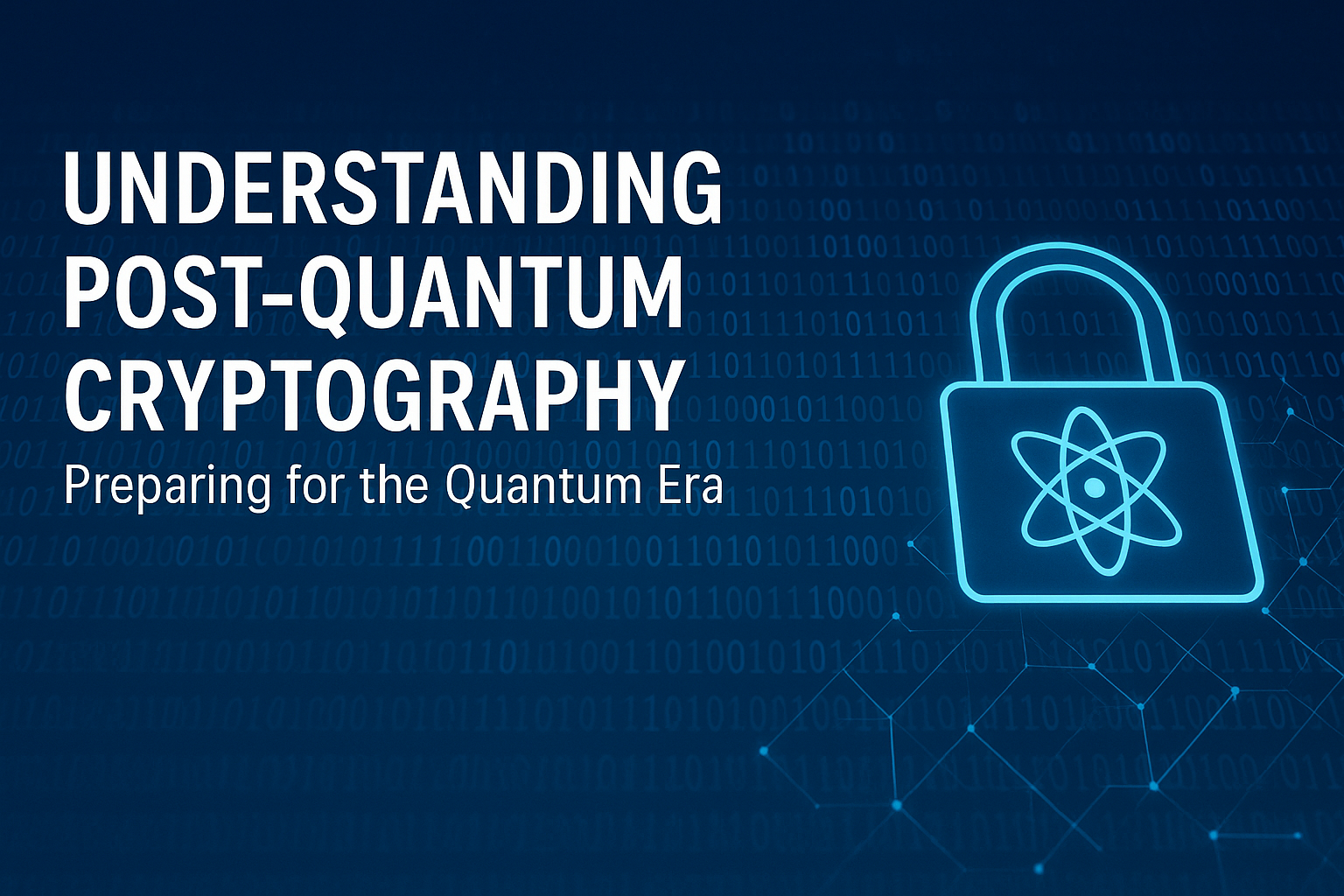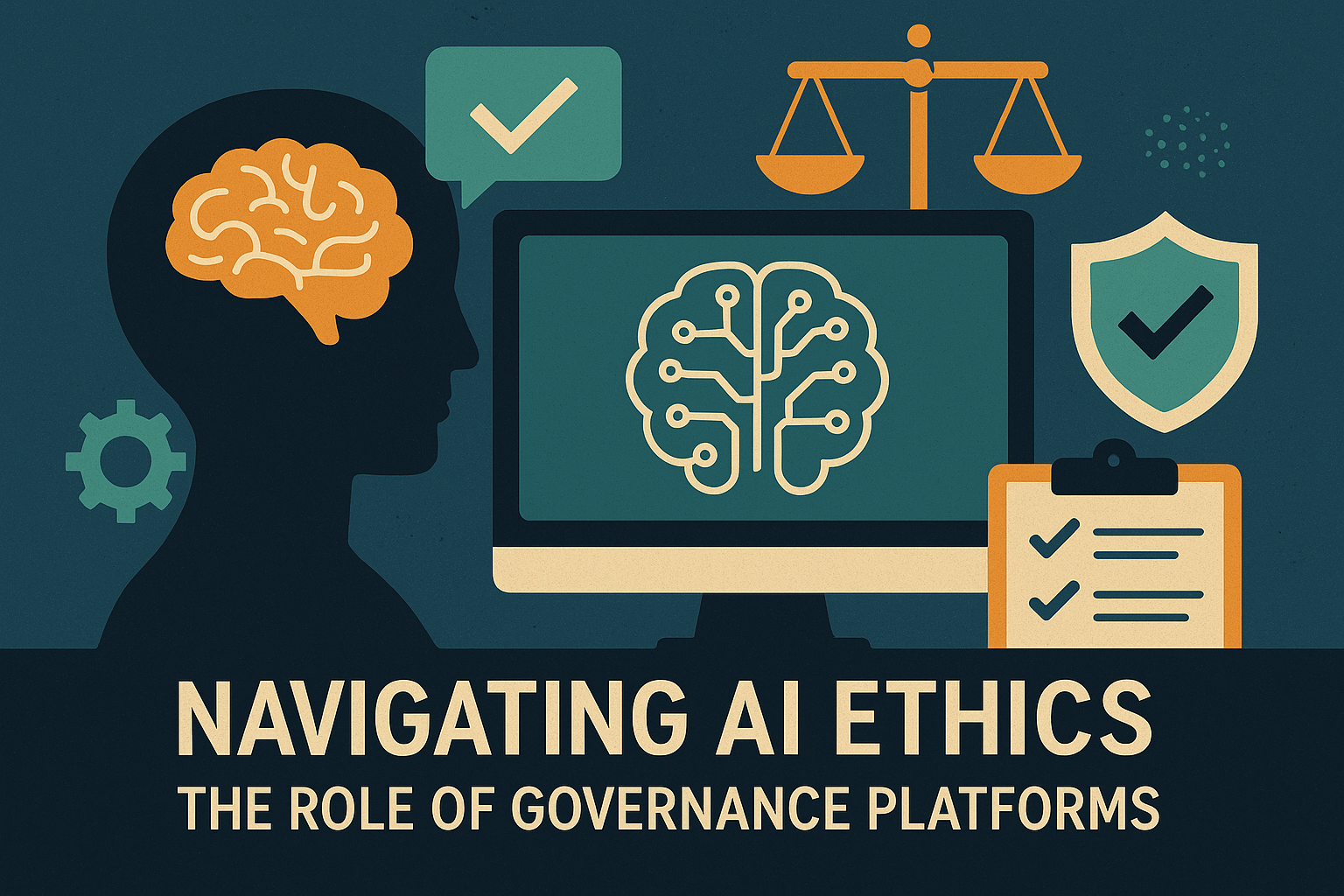Understanding Post-Quantum Cryptography: Preparing for the Quantum Era
The rapid evolution of quantum computing promises revolutionary advancements in technology, but it also threatens the very foundation of our current cryptographic systems. Enter post-quantum cryptography (PQC)—a new wave of encryption methods designed to secure data against quantum-enabled attacks.
What is Post-Quantum Cryptography?
Post-quantum cryptography refers to cryptographic algorithms that are secure against both classical and quantum computer attacks. These algorithms are being developed to replace existing standards like RSA and ECC, which are vulnerable to quantum techniques like Shor’s algorithm.
Why Traditional Cryptography is at Risk
Quantum computers can solve certain problems exponentially faster than classical computers. Shor’s algorithm, in particular, allows a quantum computer to factor large integers efficiently, undermining widely-used cryptosystems like:
- RSA - Based on the difficulty of factoring large primes
- ECC (Elliptic Curve Cryptography) - Based on the elliptic curve discrete logarithm problem
Once quantum computers become powerful and accessible enough, encrypted data that relies on these methods could be easily decrypted.
How Post-Quantum Cryptography Works
PQC algorithms are designed around hard mathematical problems that quantum computers can’t easily solve. Some promising candidates include:
- Lattice-based cryptography
- Code-based cryptography
- Multivariate polynomial cryptography
- Hash-based signatures
- Isogeny-based cryptography
“The future is quantum, but the preparation starts now.” — National Institute of Standards and Technology (NIST)
NIST and the Standardization Effort
The National Institute of Standards and Technology (NIST) has been spearheading a multi-year effort to standardize post-quantum cryptographic algorithms. As of 2024, several algorithms have been selected for standardization:
- CRYSTALS-Kyber (for encryption/key encapsulation)
- CRYSTALS-Dilithium (for digital signatures)
- SPHINCS+ (a stateless hash-based signature scheme)
Real-World Applications of PQC
Post-quantum cryptography isn’t just theoretical—it’s already being tested and adopted across sectors:
- Financial institutions are piloting PQC to secure long-term sensitive data.
- Governments are exploring PQC for national security and secure communications.
- Tech giants like Google and IBM have launched post-quantum experiments in Chrome and cloud services.
Challenges of Transitioning to PQC
While the benefits are clear, transitioning to post-quantum cryptography is no small feat. Key challenges include:
- Algorithm maturity and performance concerns
- Compatibility with existing infrastructure
- Ensuring hybrid approaches during the transition phase
Hybrid Cryptography
Many experts recommend a hybrid approach—combining classical and quantum-resistant algorithms—to maintain security during the transition period.
Best Practices for Organizations
To prepare for a quantum-safe future, organizations should:
- Inventory cryptographic assets to understand exposure
- Adopt crypto-agility—the ability to swap algorithms without major redesigns
- Test NIST-approved PQC algorithms in non-critical systems
- Train teams on quantum risks and mitigation strategies
FAQs About Post-Quantum Cryptography
When will quantum computers be powerful enough to break current encryption?
Experts estimate that it could take 10–20 years before quantum computers reach the level needed to break RSA or ECC. However, the “harvest now, decrypt later” threat makes early action critical.
Is post-quantum cryptography the same as quantum cryptography?
No. Quantum cryptography leverages quantum mechanics for security (e.g., QKD), whereas post-quantum cryptography runs on classical hardware and resists quantum attacks.
Can I implement post-quantum cryptography today?
Yes. While standards are evolving, many PQC libraries like OpenQuantumSafe and liboqs allow for early adoption and testing in real-world environments.
Conclusion
The quantum era is approaching fast, and with it comes the urgency to protect our digital future. Post-quantum cryptography offers the tools we need to stay secure. By preparing today—testing, transitioning, and educating—we ensure our systems remain resilient tomorrow.
Don’t wait for the quantum threat to arrive—act now and safeguard your digital assets.



